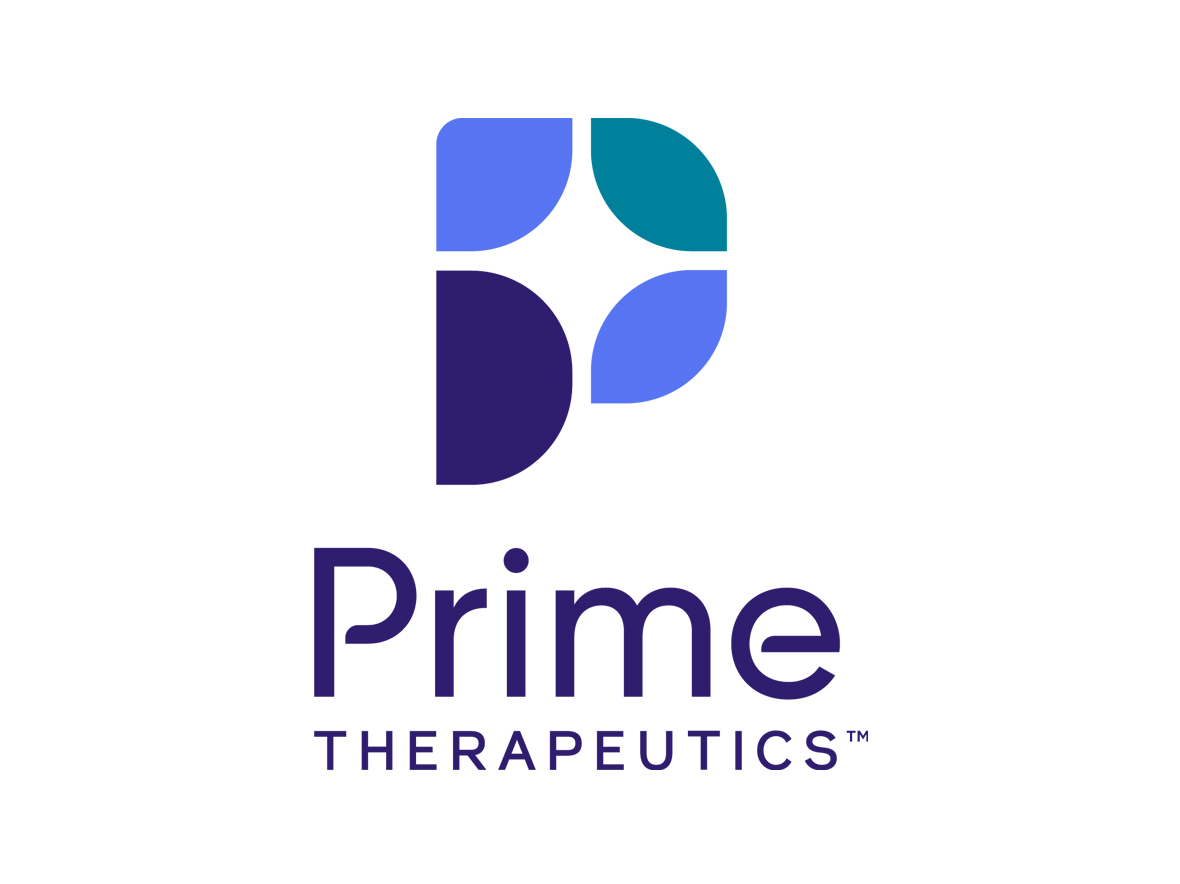Prime Therapeutics recognizes Migraine and Headache Awareness Month - Prime Therapeutics
Prime Therapeutics recognizes Migraine and Headache Awareness Month
Prime supports patient-centered, value-based solutions for managing migraine and headache medications

Tracey Garcia, M.D., is a board-certified neurologist and physician clinical reviewer at Prime Therapeutics.
June is Migraine and Headache Awareness Month. Migraine affects 39 million Americans and over 1 billion people worldwide, according to the American Migraine Foundation. The condition is also one of the top causes of disability in the world and significantly impacts individuals. Every year, 113 million workdays are lost due to migraine attacks in the United States, according to the American Headache Society. Less than 50% of migraine patients consult a physician, which is why recognizing this important condition, and advocating for awareness, is so important.
Migraine affects both adults and children and is most common among those aged 30 to 39 years old. Women are three to four times more likely to have migraine than men. Migraine often runs in families. This means that if one of your parents has migraine, you are more likely to have the condition, too.
What are the phases of a migraine attack?
Migraine is a neurological condition with recurrent attacks. The frequency of the attacks varies from patient to patient. A migraine attack consists of four phases including prodrome, aura, headache and postdrome. Not every patient experiences all the stages. The prodrome symptoms occur from hours to days before the headache starts and include symptoms such as yawning, mood changes, fatigue, neck stiffness and/or gastrointestinal symptoms. The next phase is the aura, which can occur before or during the headache. It usually lasts less than one hour. Auras are most commonly visual, and examples include seeing flashing lights, zigzag lines or blind spots. The next phase is the headache, which can last from a few hours to several days. The pain is usually moderate to severe intensity, on one side of the head and described as throbbing or pulsating. People with migraine may have associated symptoms to the headache including feeling sick to their stomach or throwing up, as well as feeling sensitive to light, sound and even smells. The symptoms may worsen with activity. The last phase is postdrome, when the throbbing headache and/or other symptoms have resolved. This phase lasts 24–48 hours. Typical symptoms include fatigue, inability to concentrate, mood changes, stiff neck and mild residual head discomfort.
Why do migraine attacks occur?
Experts suspect migraine is caused by abnormal brain activity that affects nerve signals, chemicals and blood vessels in the brain. Migraine often runs in families, which means there is a genetic basis. Migraine attacks can be triggered by various factors including stress, hormonal changes, not eating, weather, sleep disturbances, odors, bright lights, alcohol and certain foods.
How is migraine diagnosed?
There is no specific test for migraine. It is diagnosed by a health care provider based on the patient’s history and physical examination. Sometimes blood tests and/or imaging studies are required to rule out other conditions.
What are treatment options?
Although there is no cure for migraine, there are many types of treatment available. The first is acute or abortive treatment, which stops the pain and symptoms when they occur. This can be medication taken by mouth, injection or nasal spray, as well as non-medication treatment such as neuromodulation, which involves devices that stimulate the brain and nervous system using magnetic waves or electrical currents.
Some patients with migraine require preventive treatment to reduce the frequency and severity of migraine attacks. These interventions take time to take effect. They are usually recommended for patients with frequent, long-lasting or very severe migraine attacks. Examples include medications taken orally or by injection, herbs or supplements, neuromodulation and behavioral therapy. In recent years, there have been many advances in the treatment of migraine with new abortive and preventive treatments that are very effective.
In addition, patients can help prevent migraine attacks by making lifestyle changes. This might include getting enough sleep every night, eating healthy meals at regular times, drinking enough water, managing stress and avoiding foods or drinks that trigger migraine attacks. Keeping a headache diary can be helpful to monitor frequency of symptoms and help determine triggers.
Migraine is a common medical condition that can cause significant disability when left untreated. With the help of health care professionals, medicine and healthy habits, many people with migraine can feel better and live happy, active lives. If you or someone you know has headaches, it is important to talk to a health care professional. Getting the right help can make a big difference.
For more information about migraine, visit AmericanMigraineFoundation.org or HeadacheMigraine.org.
About Prime Therapeutics

Prime Therapeutics LLC (Prime) is a diversified pharmacy solutions organization. We offer innovative pharmacy benefit management, specialty and medical drug management, and state government solutions to millions of people across the country. At Prime, we’re reimagining pharmacy solutions to provide the care we’d want for our loved ones. We challenge the way it’s always been done to develop intelligently designed solutions that deliver savings, simplicity and support to help people achieve better health. For more information, visit us at PrimeTherapeutics.com or follow us on LinkedIn.
